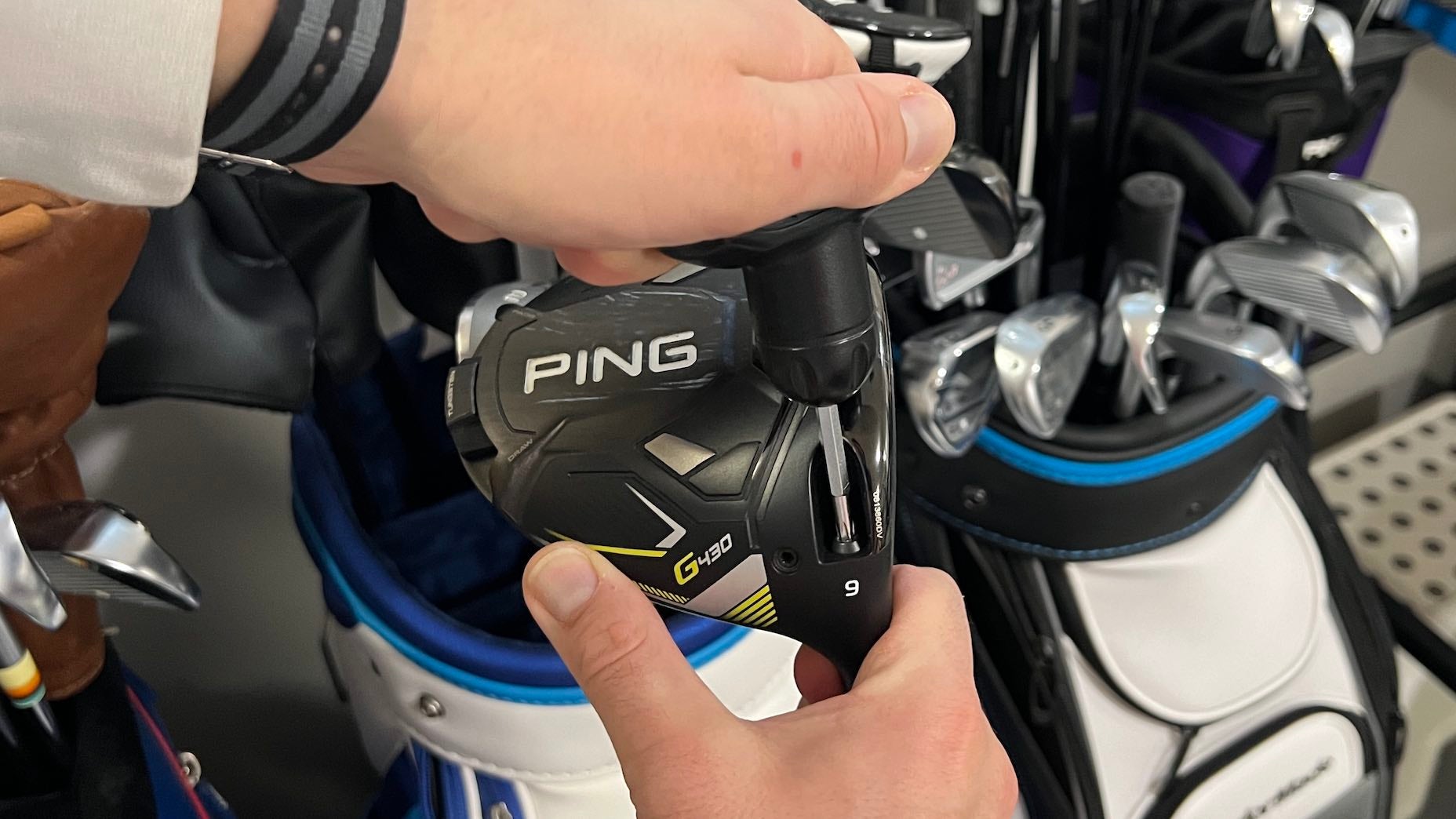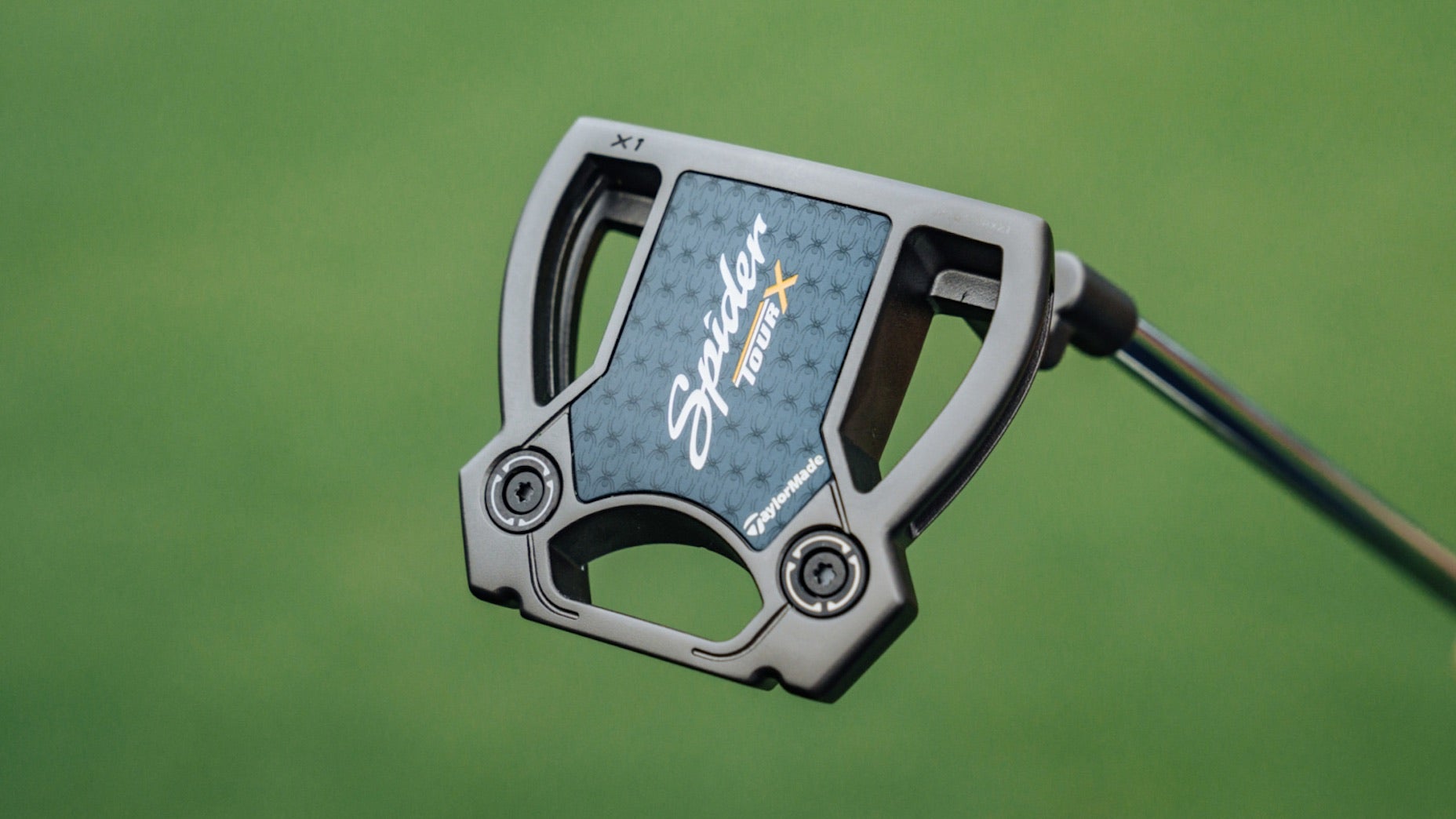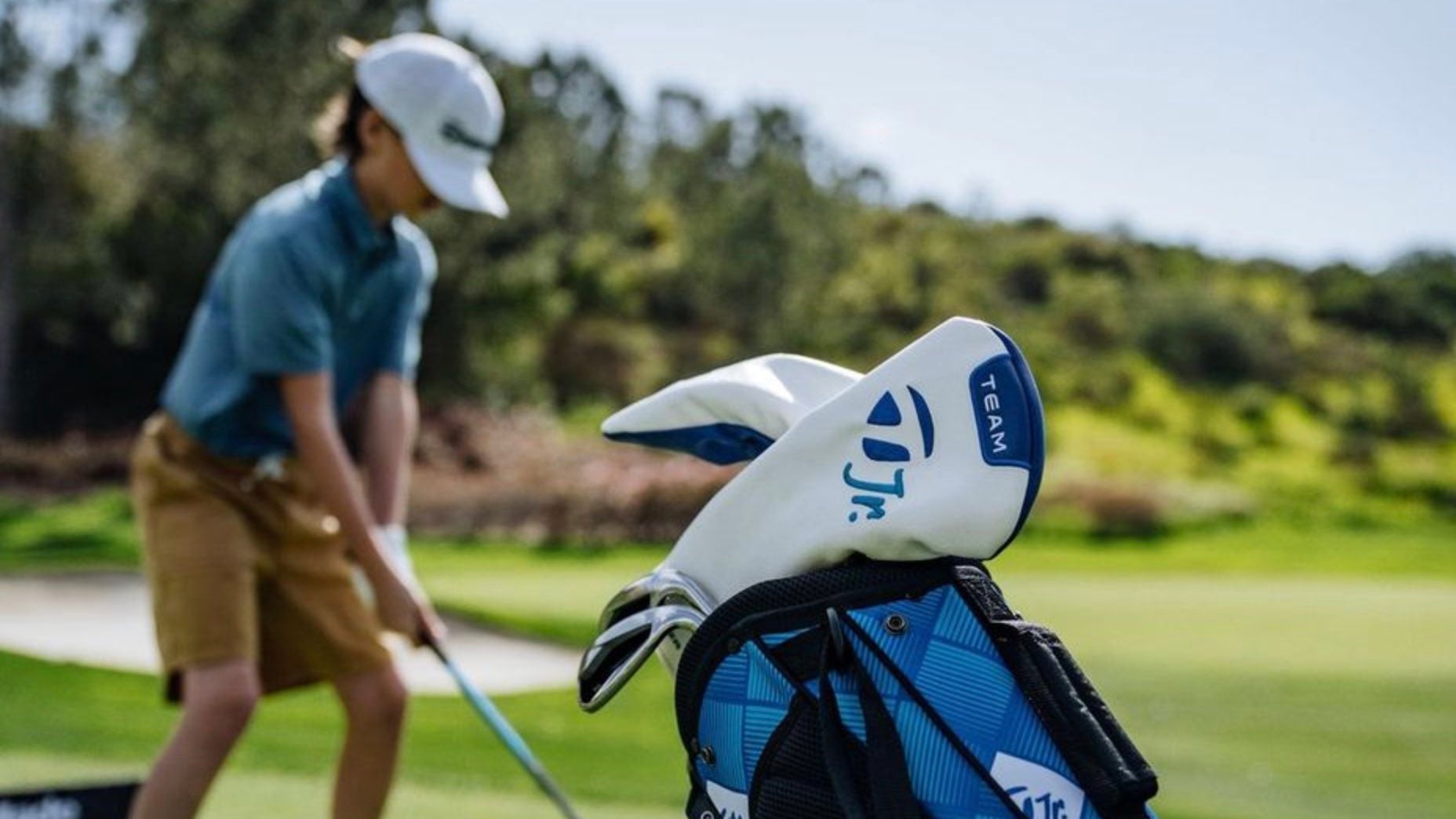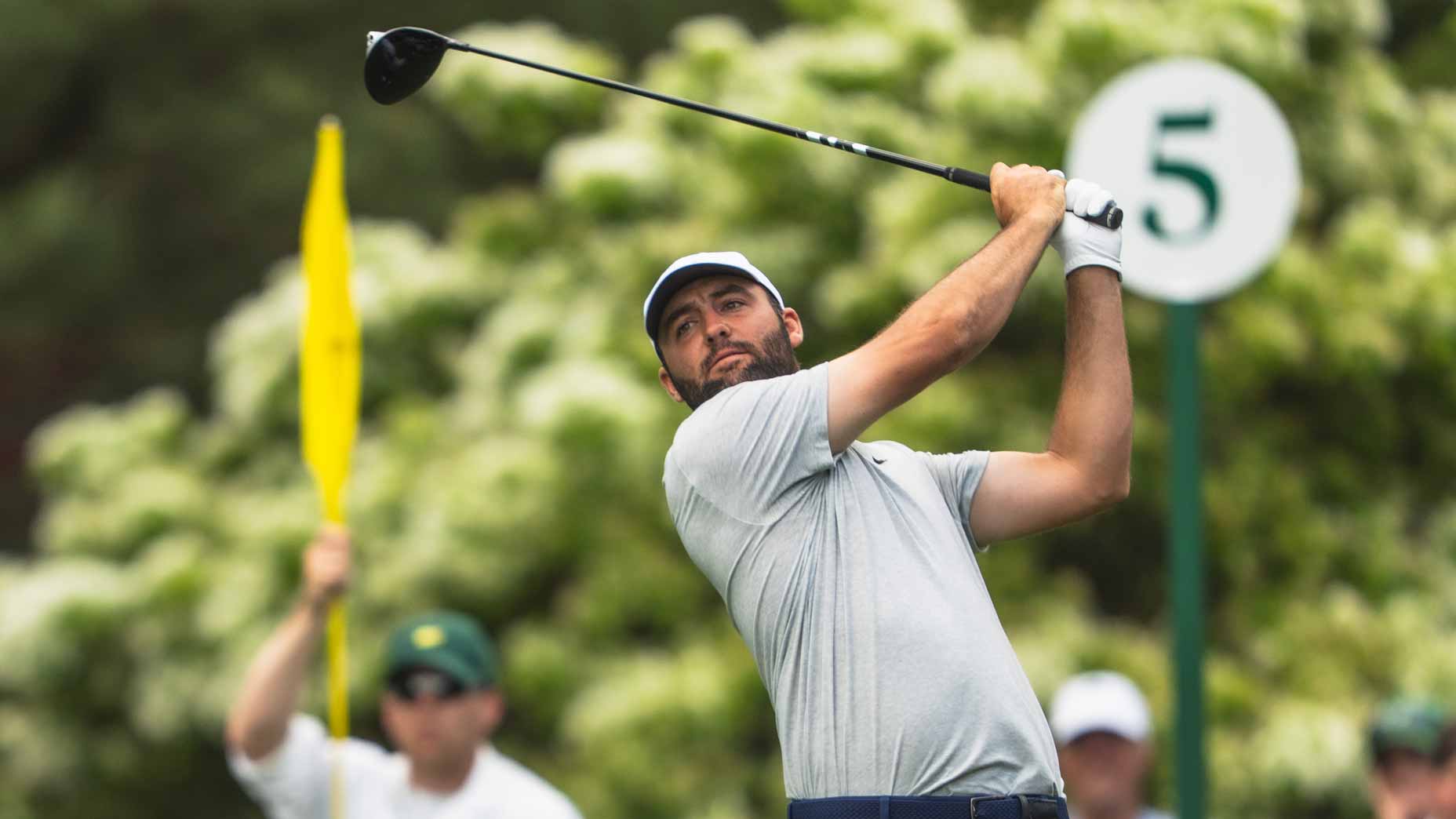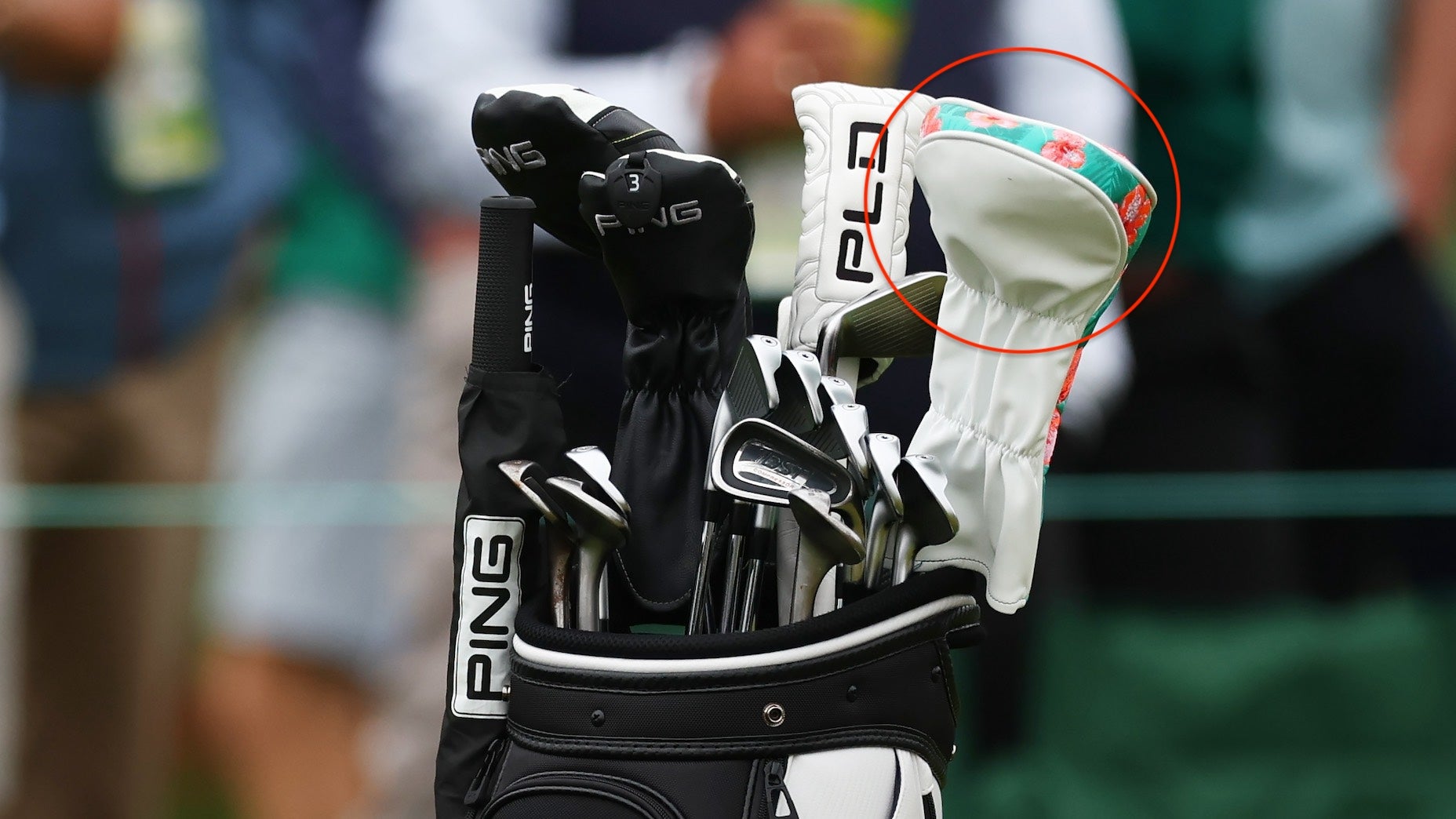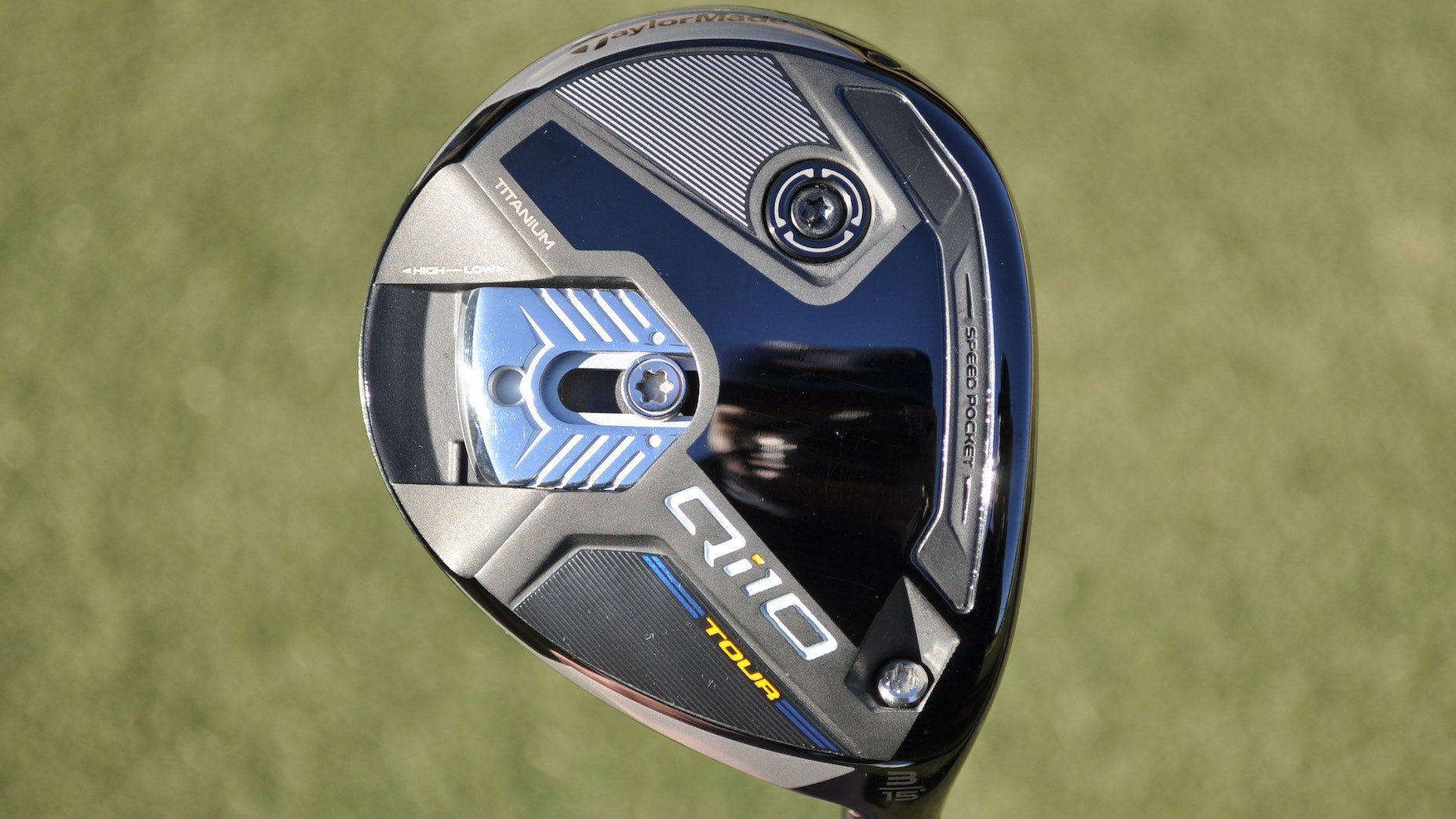Insider reveals exactly how Rory McIlroy’s driver gets built, step by step

A lot goes into building a TaylorMade driver for Rory McIlroy.
Getty Images
How different is Rory McIlroy’s driver build from the one currently in your bag? Most golfers would assume a lot goes into dialing in a club for one of the best golfers on the planet — but the four-time major winner isn’t one of them. For the most part, his driver is fairly similar to the one you’re playing at the moment.
In a rare peek behind the curtain, TaylorMade Tour rep Chris Trott goes from build sheet to the course with a possible SIM2 gamer driver for McIlroy at the Farmers Insurance Open. If you’ve never seen a rep work his magic inside the truck, the video reveals how quickly a driver can be built for testing purposes.
Here’s a closer look at McIlroy’s driver build process. (And click here to check out the full 10-minute video.)
Select a head

It all starts with the driver head. In McIlroy’s case, he prefers the TaylorMade SIM2 over the SIM2 Max. According to Trott, it has to do with “the way [the SIM2] is set up, it’s going to give him less spin versus the SIM2 Max,” he says. “So for the conditions we’ve had early in the week, with the wind and the way the course is set up, he wants that to optimize the ball flight.”
McIlroy bounced between SIM and SIM Max last season, but he’s been squarely in the SIM2 camp since the driver was officially released a few weeks ago. It’s important to note that McIlroy was using a two-degree loft sleeve with a 10.5-degree SIM Max to achieve the correct face angle at setup. The two-degree sleeve also made it possible to lower the loft to roughly 8.5 degrees for his optimal launch window.
For at least this particular SIM2 driver build, Trott located a specific loft and lie angle — he didn’t mention the specs — and opted for a 1.5-degree loft sleeve instead, setting the sleeve in the “Lower” position. In this case, SIM2’s lower launch characteristics make the 1.5-degree sleeve a better option.
What’s interesting is there’s no mention of hot melt being added to the internal cavity, which likely means McIlroy is using a stock tour head.
TaylorMade SIM2
Going lighter
If you’ve been following McIlroy’s gear changes since the end of last year, then you’re probably aware he switched to a Fujikura Ventus Black shaft at the CJ Cup. For gearheads, it was the weight change more than the profile that caught many by surprise, as McIlroy moved down in weight to 60 grams for “mechanics” purposes.
“I’ve always played a shaft that’s been around 75 grams, I went to a shaft that’s closer to 60, but that wasn’t really to do with speed, that was to do with sort of mechanics and I feel like I get a lighter shaft and a lighter club, I can keep it more in front of me and the weight on instead of it getting stuck behind me, so that was more of a technical thing,” McIlroy said last year. “But a lighter shaft obviously helps because you can move that faster and obviously that translates into a little more ball speed as well.”

Trott noted McIlroy’s new shaft is tipped 1-inch, which means material is removed from the tip end of the shaft (as opposed to the butt end) to “move the flex point and take a little bit of spin off how this shaft plays.” Tipping is extremely common in the professional ranks and acts as a “gear hack” to alter the flex profile without having to go to a stiffer overall shaft. And if you’re toying with the idea of tipping your shaft, make sure you get a certified fitter involved. (You can always check out our 8AM Golf sister company, True Spec Golf.)
The minutiae
McIlroy’s driver plays 45.5 inches from “end of grip,” but Trott pointed out you can’t simply slap on a grip and call it good. When he selects a Golf Pride Tour Velvet BCT grip for McIlroy, the rubber butt cap on the end of the grip, which measures one-eighth of an inch, must be taken into account.
Due to the butt cap, the shaft itself is undercut by one-eighth of an inch to account for the excess material on the end. It’s the little things that matter. The average golfer might not notice the difference, but it’s very possible a golfer of McIlroy’s pedigree would pick up on the subtle change.
Before the grip is applied, the loft sleeve is affixed to the shaft with a two-part epoxy mixture and placed in a curing cell at just over 350 degrees to dry the epoxy. Trott pointed out the epoxy is actually mixed together with tiny granules called “quick center shafting beads” to ensure the shaft is centered when it’s inserted into the loft sleeve.
“If that shaft doesn’t go in centered, that will impact your loft and lie section,” Trott said. “You don’t want that because that will affect the dynamic loft, the way they deliver the club, the way it sits, the way the Twist Face looks. It’s all going to give you different numbers.”
In other words, it’s a minor detail that could make a massive difference in your driver’s performance.
Grip it
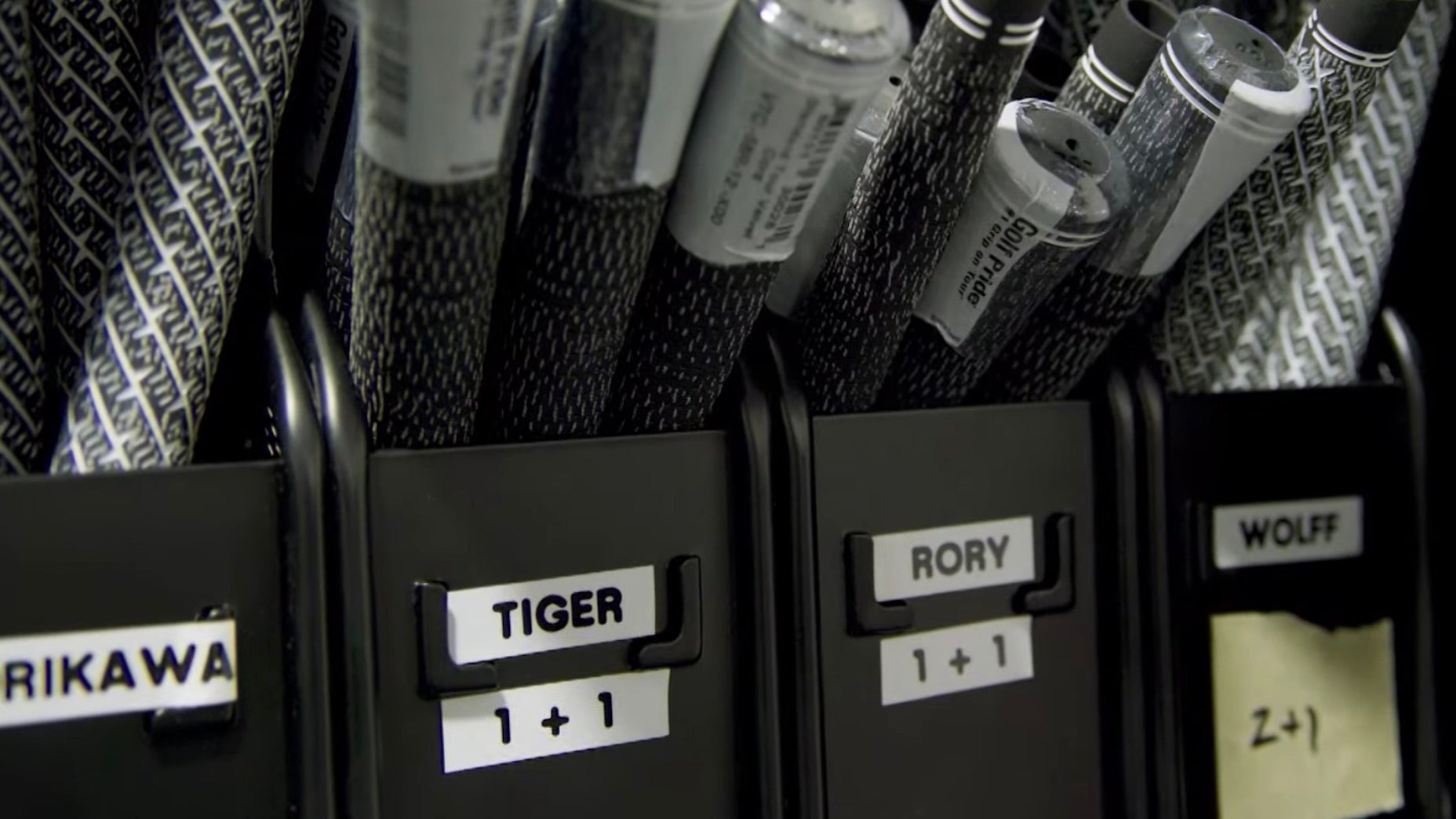
One plus one equals two. In McIlroy’s case, the numbers aren’t part of a simple math problem but rather the number of tape wraps he wants underneath each hand. To achieve the proper grip feel, Trott adds a piece of masking tape first to the grip to achieve the correct weight.
“When it’s one plus one, you’re building up the masking tape first,” he says. “It has a different weight. But, more importantly, it has a different texture to it and a different width. So it’s important you don’t put two of the sticky sides on when you do a one plus one build up.”
Trott also stressed the importance of not leaving any of the shaft exposed when adding the tape.
“You don’t want any ridges in the grip. These boys are so good, feel is so important. If you end up with a ridge or any ribs in there on the tape, they’re going to feel that.”
Once the grip is added to the shaft, the top notch on the grip is lined up with the bottom notch to verify the grip is square.
From there, the club is measured on a swing weight machine — the swing weight of a golf club is measured on a 14-inch fulcrum that assesses the balance point of a club, which is displayed on an alphanumeric scale. The heavier a club “feels,” the more the club will tilt toward the head side when balanced on that fulcrum — to verify it’s at D4. Finally, the loft and lie angle is checked before it’s finally delivered to McIlroy.
Want to overhaul your bag for 2021? Visit the expert fitters at our sister company, True Spec Golf. And for more on the latest gear news, check out our latest Fully Equipped podcast below.



